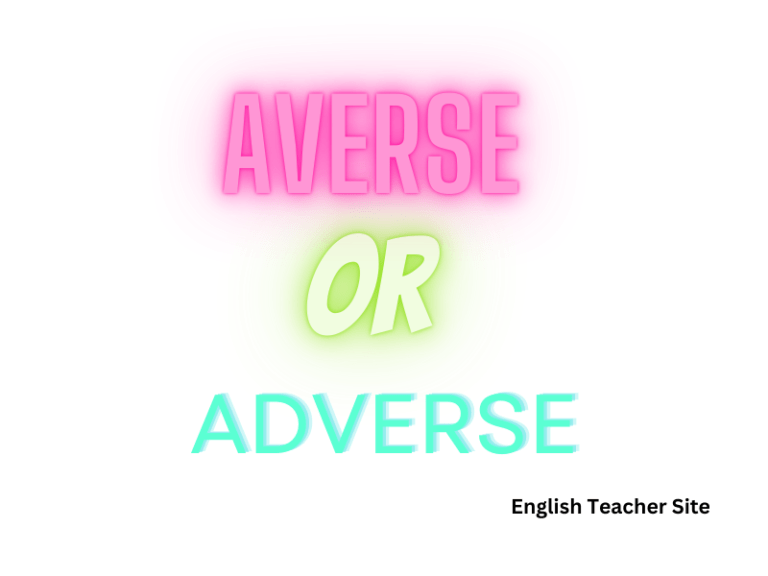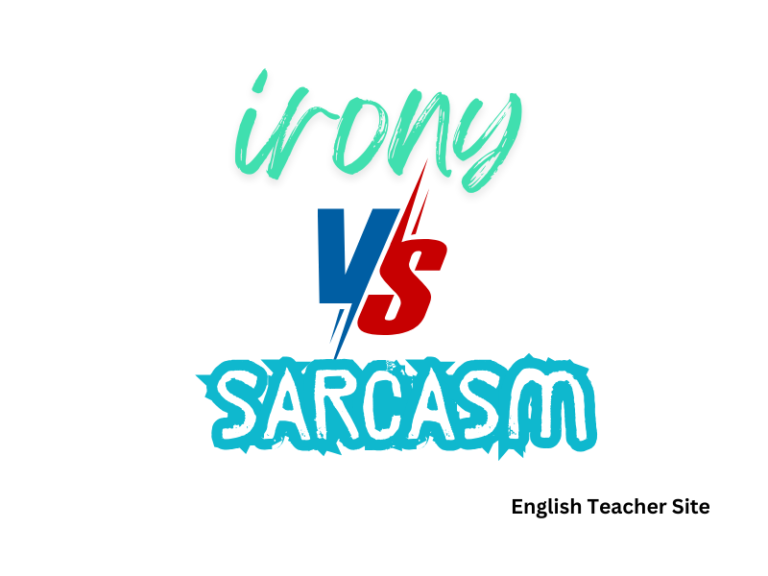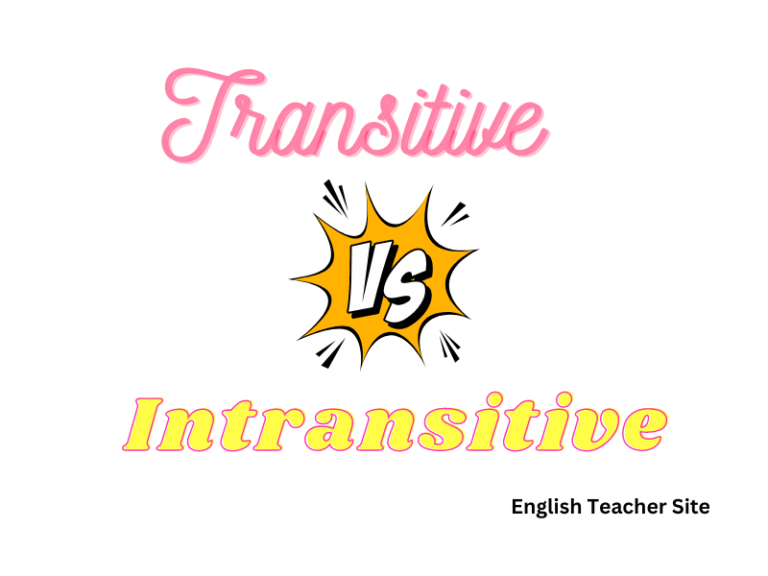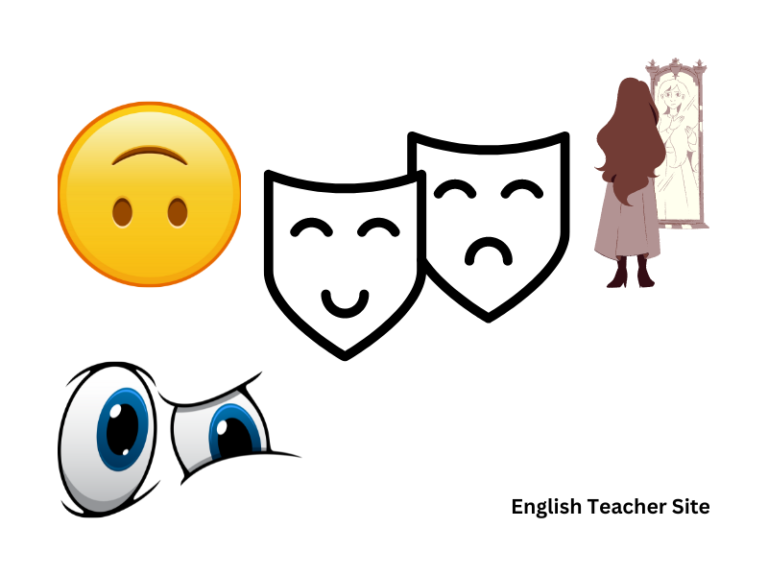Degrees of Adjectives: Comparatives and Superlatives Explained in Simple Terms

- Adjectives have three degrees of comparison: positive, comparative, and superlative.
- Comparatives are used to compare two things, while superlatives are used to compare three or more things.
- The suffixes used to modify adjectives depend on the length and spelling of the adjective.
Adjectives are words that describe or modify nouns or pronouns. They have three degrees of comparison: positive, comparative, and superlative. The positive degree is used to describe one thing, while the comparative degree is used to compare two things. The superlative degree is used to compare three or more things.
For example, “The blue car is faster than the red car” is a comparative sentence, while “The blue car is the fastest car on the road” is a superlative sentence. When forming comparatives and superlatives, adjectives are modified using different suffixes depending on the length and spelling of the adjective.
What are Comparatives and Superlatives
Comparatives are formed by adding “-er” to the end of the adjective or by using “more” before the adjective. For example, “taller” and “more beautiful” are comparatives. Superlatives are formed by adding “-est” to the end of the adjective or by using “most” before the adjective. For example, “tallest” and “most beautiful” are superlatives.
When comparing two things, the comparative form is used. For example, “This car is faster than that car.” When comparing three or more things, the superlative form is used. For example, “This is the fastest car on the market.”
Examples of Comparatives and Superlatives
Here are some examples of comparatives and superlatives:
| Adjective | Comparative | Superlative |
|---|---|---|
| Big | Bigger | Biggest |
| Fast | Faster | Fastest |
| Happy | Happier | Happiest |
| Hot | Hotter | Hottest |
| Smart | Smarter | Smartest |
| Tall | Taller | Tallest |
As you can see from the table above, comparatives are formed by adding “-er” to the end of the adjective or by using “more” before the adjective.
Superlatives are formed by adding “-est” to the end of the adjective or by using “most” before the adjective.
Irregular Comparatives and Superlatives
Not all adjectives follow the same rules for forming comparatives and superlatives. Some adjectives have irregular forms. Here are some examples:
| Adjective | Comparative | Superlative |
|---|---|---|
| Good | Better | Best |
| Bad | Worse | Worst |
| Far | Farther | Farthest |
| Little | Less | Least |
| Much | More | Most |
As you can see from the table above, some adjectives have irregular comparative and superlative forms. It is important to memorize these forms to use them correctly.
Using Comparatives and Superlatives in Sentences
Comparatives and superlatives are used in sentences to compare two or more things.
Here are some examples:
- This apple is bigger than that apple. (comparative)
- This is the biggest apple in the basket. (superlative)
- John is taller than his brother. (comparative)
- John is the tallest person in his family. (superlative)
As you can see from the examples above, comparatives are used to compare two things, while superlatives are used to compare three or more things.
Understanding Adjectives
Adjectives are the words that describe or modify nouns and pronouns. They provide more information about the noun or pronoun they are describing.
For example, in the sentence “The red car is fast”, the words “red” and “fast” are adjectives that describe the noun “car”.
Definition of Adjectives
Adjectives can be used to describe a variety of attributes such as size, color, shape, age, and more. They are an essential part of the English language and help to make our communication more precise and descriptive. Adjectives can be used in different degrees of comparison to show the level of intensity of the quality they describe.
Types of Adjectives
There are several types of adjectives, each with its own unique characteristics. Some of the most common types of adjectives include:
- Descriptive Adjectives: These adjectives describe the characteristics of a noun or pronoun. For example, in the sentence “The tall boy is playing basketball”, the word “tall” is a descriptive adjective that describes the boy’s height.
- Quantitative Adjectives: These adjectives describe the quantity of a noun or pronoun. For example, in the sentence “She ate two apples”, the word “two” is a quantitative adjective that describes the number of apples.
Demonstrative Adjectives: These adjectives are used to point out or indicate a specific noun or pronoun. For example, in the sentence “This book is mine”, the word “this” is a demonstrative adjective that points out the specific book.
Possessive Adjectives: These adjectives show ownership or possession of a noun or pronoun. For example, in the sentence “His car is red”, the word “his” is a possessive adjective that shows ownership of the car.
Interrogative Adjectives: These adjectives are used to ask questions about a noun or pronoun. For example, in the sentence “Which book do you want?”, the word “which” is an interrogative adjective that asks a question about the specific book.
Indefinite Adjectives: These adjectives are used to describe a noun or pronoun in a non-specific way. For example, in the sentence “Many people like pizza”, the word “many” is an indefinite adjective that describes the quantity of people who like pizza.
Understanding the different types of adjectives is important in order to use them correctly in sentences. Adjectives can also be used in degrees of comparison to show the level of intensity of the quality they describe.
Degrees of Comparison
There are three degrees of comparison: positive, comparative, and superlative. Additionally, there are irregular adjectives that do not follow the standard rules for forming comparatives and superlatives.
Positive Degree
The positive degree is the simplest form of an adjective. It is used to describe a noun without making any comparison. For example, “The cat is cute.” In this sentence, “cute” is in the positive degree.
Comparative Degree
The comparative degree is used to compare two nouns. It is formed by adding “-er” to the end of a one-syllable adjective or by adding “more” before a longer adjective. For example, “The cat is cuter than the dog.” In this sentence, “cuter” is in the comparative degree.
Superlative Degree
The superlative degree is used to compare three or more nouns. It is formed by adding “-est” to the end of a one-syllable adjective or by adding “most” before a longer adjective. For example, “The cat is the cutest animal in the shelter.” In this sentence, “cutest” is in the superlative degree.
Irregular Adjectives
Some adjectives do not follow the standard rules for forming comparatives and superlatives. These adjectives have irregular forms that must be memorized. For example, “good” becomes “better” in the comparative degree and “best” in the superlative degree.
Forming Comparatives and Superlatives
The following table shows the rules for forming comparatives and superlatives:
| Adjective Type | Comparative Form | Superlative Form |
|---|---|---|
| One-Syllable | Add “-er” | Add “-est” |
| Two-Syllable | Add “more” | Add “most” |
| Three or More Syllables | Add “more” | Add “most” |
| Irregular | Memorize | Memorize |
It is important to note that some adjectives have irregular comparative and superlative forms. For example, “good” becomes “better” in the comparative degree and “best” in the superlative degree.
The following table shows some common irregular adjectives and their comparative and superlative forms:
| Adjective | Comparative Form | Superlative Form |
|---|---|---|
| Good | Better | Best |
| Bad | Worse | Worst |
| Far | Farther/Further | Farthest/Furthest |
| Little | Less | Least |
| Much/Many | More | Most |
In summary, the degrees of comparison are important for effective communication in English.
The positive degree is used to describe a noun without making any comparison.
The comparative degree is used to compare two nouns, while the superlative degree is used to compare three or more nouns. Some adjectives have irregular forms that must be memorized. By understanding these rules, students can effectively communicate and express comparisons in English.
Sources:
My name is Khamis Maiouf. I am the creator of the English Teacher Site, dedicated to providing valuable resources and insights for students around the world. With a passion for education and a commitment to helping students enhance their skills, I aim to make English teaching more effective and enjoyable for both educators and students.






